Molten-salt membranes have achieved carbon dioxide capture capability one order of magnitude higher than any other metal-carbonate dual-phase membrane due to their self-assembling silver networks.1 Growing these networks required conditions previously considered detrimental to stability.
Carbon dioxide separation is important for climate change mitigation and membranes are one option for separating carbon dioxide emissions at power plants or from industrial reactions. Dual-phase membranes in particular avoid a permeability–selectivity trade-off but face challenges such as increasing separation performance whilst maintaining high temperature stability.
Now, scientists at Newcastle University and University College London in the UK have designed a molten-carbonate membrane with a self-assembling silver dendritic network and higher flux than any other metal-carbonate dual-phase membrane. Here flux reaches 1.25mlmin-1cm-2 at 650°C compared to 0.8mlmin-1cm-2 for membranes with much higher silver content.2 ‘Using a membrane already offers cost savings over current technologies, but any increase in permeability or flux of a membrane will increase efficiency and lower cost further. Here we managed to achieve this,’ says Greg Mutch, part of the team at Newcastle University.
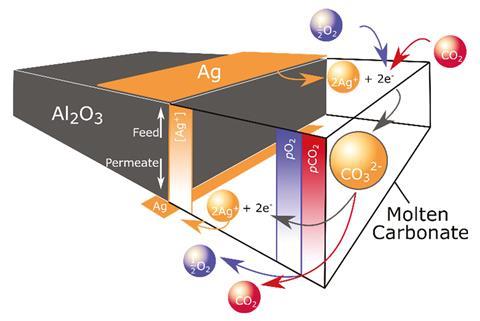
‘This work demonstrates an entirely new way to fabricate membranes,’ continues Mutch. The team used gases permeating through the membrane to grow silver dendrites. Such non-equilibrium permeation conditions usually hinder long-term stability, but proved favourable in this research by driving silver dendrite growth. ‘This is a first, normally the opposite happens, membranes become less efficient,’ he adds.
To synthesise the membrane, alumina powder is pressed into a small disc. Capillary forces in the alumina pores allow molten carbonate mixed with silver to infiltrate into the structure. The silver is deposited as dendrites inside the membrane, which form pathways connecting both sides. These pathways make the membrane electronically conducting.
Carbon dioxide flow across molten-carbonate membranes relies on a reversible reaction that converts carbon dioxide to carbonate. This reaction needs the membrane to be highly electronically conductive for carbon dioxide release at the other side. ‘Traditional supports often develop an electrically-insulating layer due to an irreversible reaction with oxygen,’ explains Kumar Agrawal, an expert in nanoporous membranes at the Swiss Federal Institute of Technology Lausanne. ‘This is solved by using silver which is much more inert and much more electrically conducting. These silver carbonate membranes are an important, competitive technology for carbon capture,’ adds Agrawal.
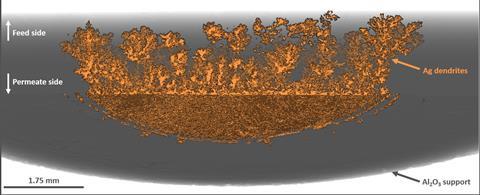
Other membranes in the pipeline include self-healing and transparent membranes, but at this stage, Mutch says ‘self-assembling membranes are the fundamental discovery we need to build on’.
References
1 L A McNeil et al, Energy Environ. Sci., 2020, DOI: 10.1039/c9ee03497h (This article is open access.)
2 J J Tong et al, J. Mater. Chem. A, 2016, 4, 1828 (DOI: 10.1039/c5ta10105k), N Xu et al, J. Membr. Sci., 2012, 401–402, 190 (DOI: 10.1016/j.memsci.2012.02.001)


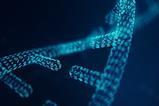

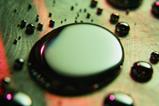
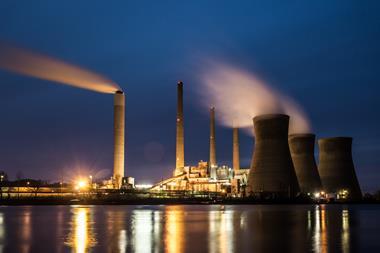
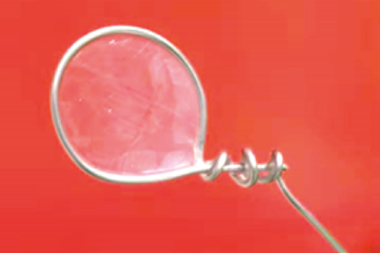
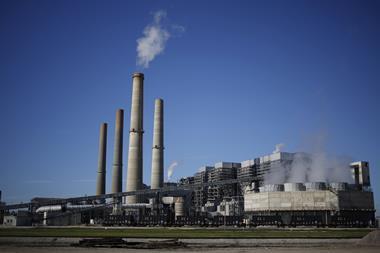
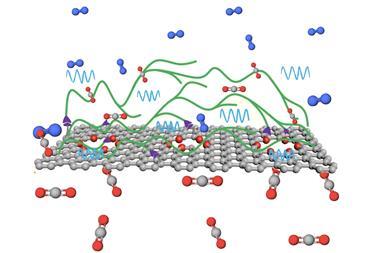








No comments yet